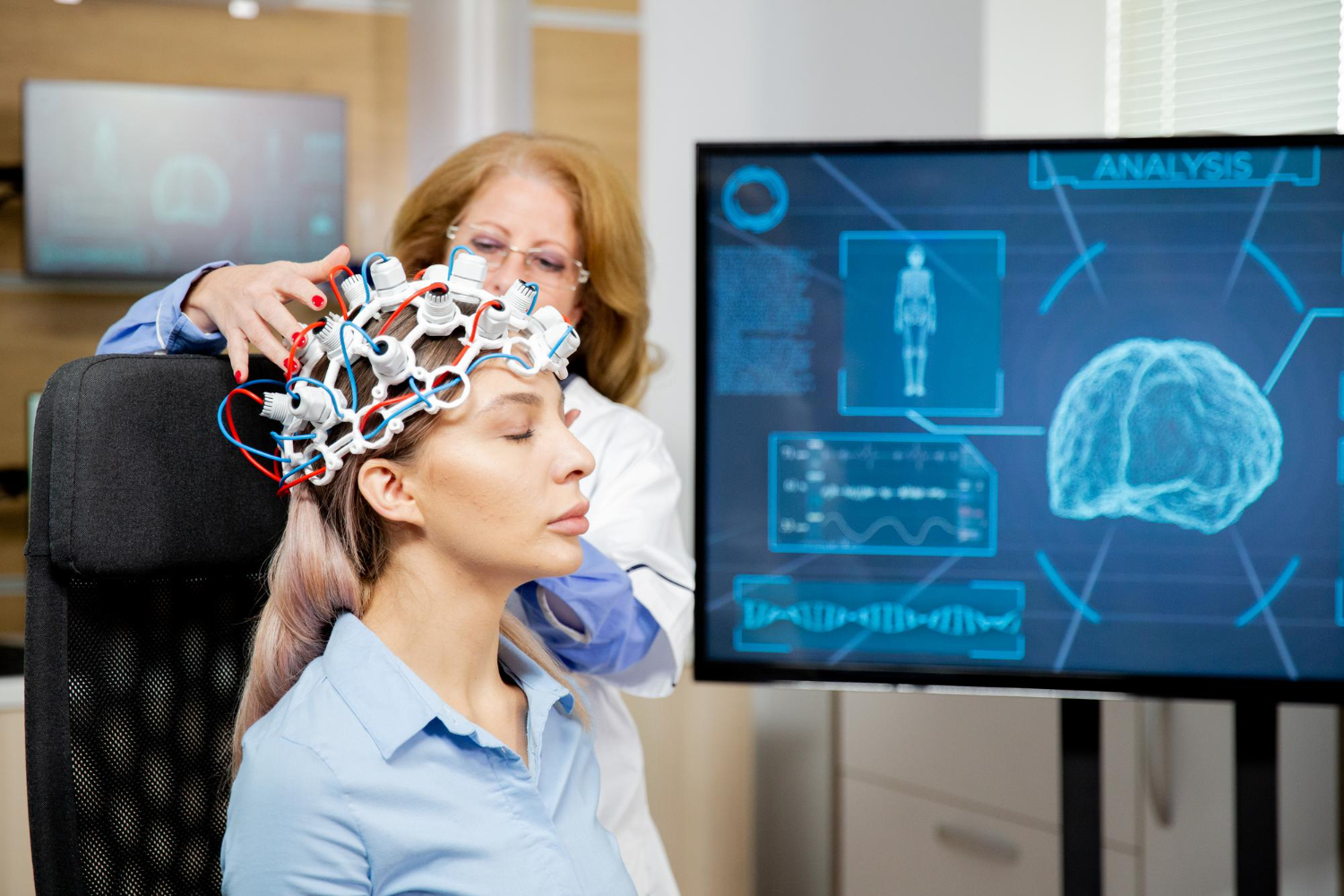
Specialties
Neurology
Pain Management
Diagnostic Tests
Therapeutic Procedures
The EEG testing process is painless. There are no shocks sent into the body and no needles used. The test is simply done by electrodes recording the electrical activity within the bread. During the test:
Once the test is complete, the electrodes are removed and you can continue on with your day. In some instances, sedatives are used, those individuals will be required to have someone drive them home after the test.
Copyright © 2024 Cayman Neurologist. All Rights Reserved.